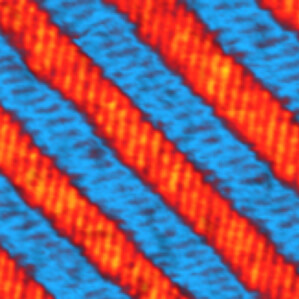Scientists from the Universities of Berkeley and Pennsylvania are investigating the possibility of using electrically polarized ferroelectric crystals as replacement switching circuits. The crystals change their polarization when an external electric field is applied

As is known, computer processors make use of large structures of switching components with two states, "current" and "no current" expressing the binary values 1 and 0. The capabilities of the existing processors, based on silicon, are slowly but steadily approaching their limit.
Silicon transistors have shrunk to the nanometer scale and are reaching their performance limits, causing problems with power consumption, heat dissipation and speed. Devices that work in completely different ways will be required to overcome these challenges, says Nathan Theis (Thomas N. Theis), a scientist at IBM's Watson Research Center in Yorktown Heights, New York, and director of the Nanoelectronics Research Initiative at the Semiconductor Research Corporation - an industry consortium.
Scientists from the Universities of Berkeley and Pennsylvania are investigating the possibility of using electrically polarized ferroelectric crystals as replacement switching circuits. The crystals change their polarization when an external electric field is applied. These crystals, when produced at a certain angle, have several properties that give them an advantage over silicon-based circuits: their switching speed is 2 to 3 times higher than silicon circuits, their power consumption is lower, and they also have two intermediate states between the two forms of polarity, which theoretically Increase the calculation capabilities (four-mode switching instead of two-mode).
The direction currently being studied is the integration of these materials in silicon-based circuits, with the aim of reaching a situation where processing capabilities and non-volatile memory can be maintained on the same component, which will increase the reliability of the computer and reduce data loss as a result of voltage disturbances and other malfunctions.
For the article in detail on the MIT Technology Review website
